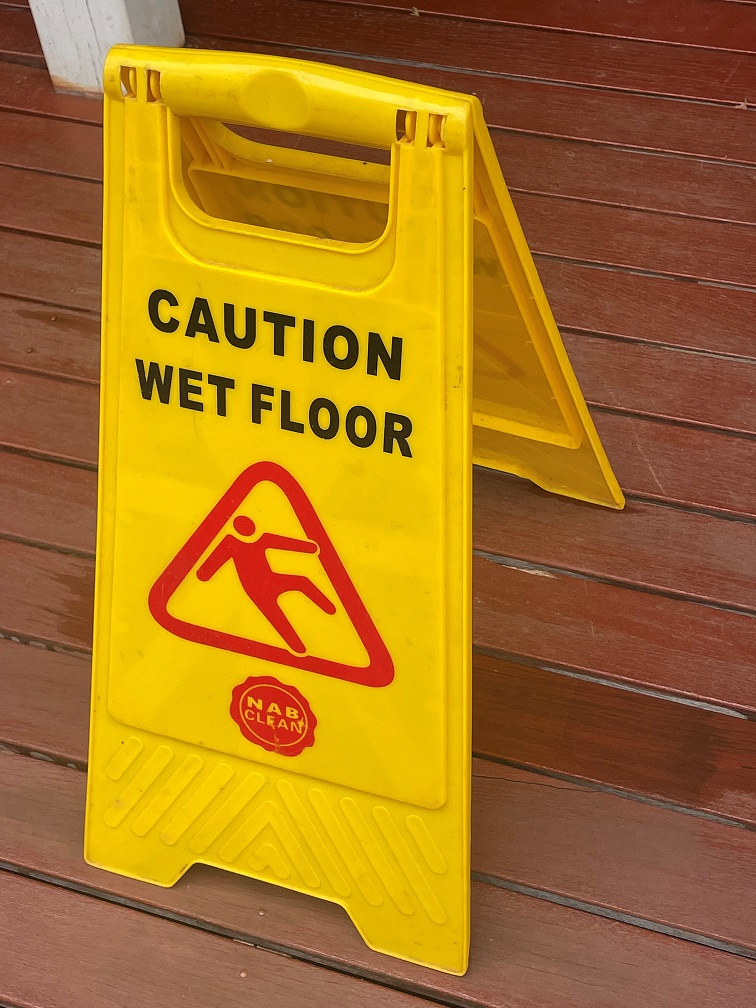 The importance of safety observation measures is known by all employers but implemented by few. Employers' ability to keep employees free from accidents depends on the effectiveness of safety observation software. An organization's work culture is enhanced when employees report risks and unsafe behaviors with immediate effect.
The importance of safety observation measures is known by all employers but implemented by few. Employers' ability to keep employees free from accidents depends on the effectiveness of safety observation software. An organization's work culture is enhanced when employees report risks and unsafe behaviors with immediate effect.

 Employees can access training and awareness about potential incidents while executing tasks. Since safety is the priority in the workplace, employees can take precautions when on duty. Safety observation software streamlines inspection of the work environment hence standard work conditions.
Employees can access training and awareness about potential incidents while executing tasks. Since safety is the priority in the workplace, employees can take precautions when on duty. Safety observation software streamlines inspection of the work environment hence standard work conditions.
